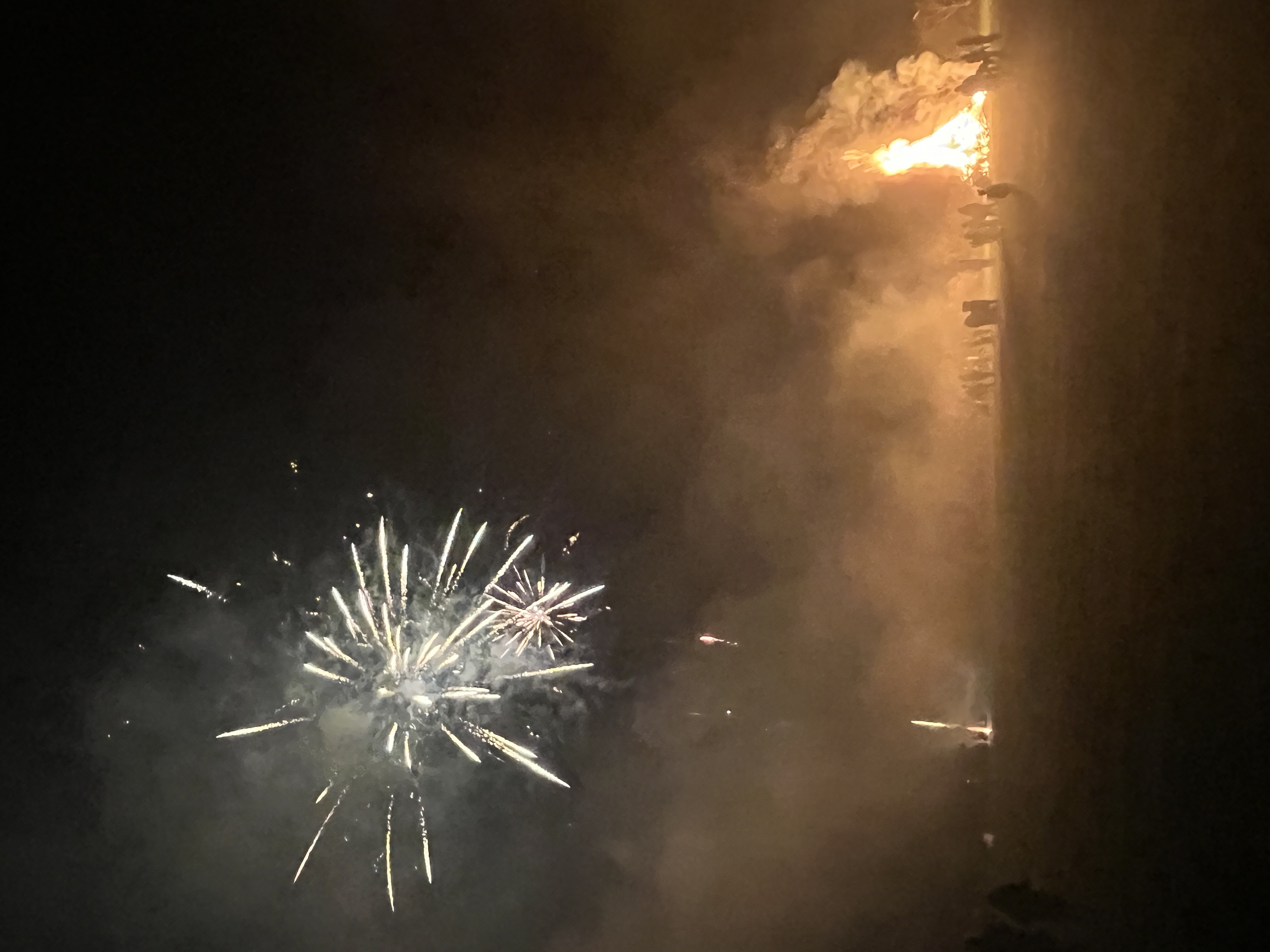P2
Cards (54)
- What is the definition of current in electricity?
- What is the unit of current?
- What is the definition of potential difference?
- What is the unit of potential difference?
- What is the definition of resistance?
- What is the unit of resistance?
- What happens to current if there is no source of potential difference?
- What factors affect the current through a component?
- How does resistance affect current?
- How does potential difference affect current for a fixed resistance?
- What is the equation relating charge, current, and time?
- What does the symbol 'I' represent in the equation Q = It?
- What does the symbol 'Q' represent in the equation Q = It?
- What does the symbol 't' represent in the equation Q = It?
- What is the potential difference equation?
- What does 'V' represent in the equation V = IR?
- What does 'I' represent in the equation V = IR?
- What does 'R' represent in the equation V = IR?
- What are the characteristics of an Ohmic conductor?
- What happens to the resistance of a filament lamp as the current increases?
- What is the behavior of a diode in a circuit?
- How does resistance change in LDRs and thermistors?
- What are the key features of series circuits?
- What are the key features of parallel circuits?
- What type of current is produced by batteries?
- What type of current is used in mains supply?
- What is the frequency of the UK mains supply?
- What is the voltage of the UK mains supply?
- What are the functions of the three wires in a three-core cable?
- What can cause electric shocks?
- Why can electric shocks occur even when a plug socket is turned off?
- What happens when charge flows in terms of energy transfer?
- What is the equation for energy transferred electrically?
- What does 'E' represent in the equation E = QV?
- What does 'Q' represent in the equation E = QV?
- What does 'V' represent in the equation E = QV?
- What is the definition of power in electricity?
- What is the equation for power?
- What does 'P' represent in the equation P = VI?
- What does 'I' represent in the equation P = VI?
